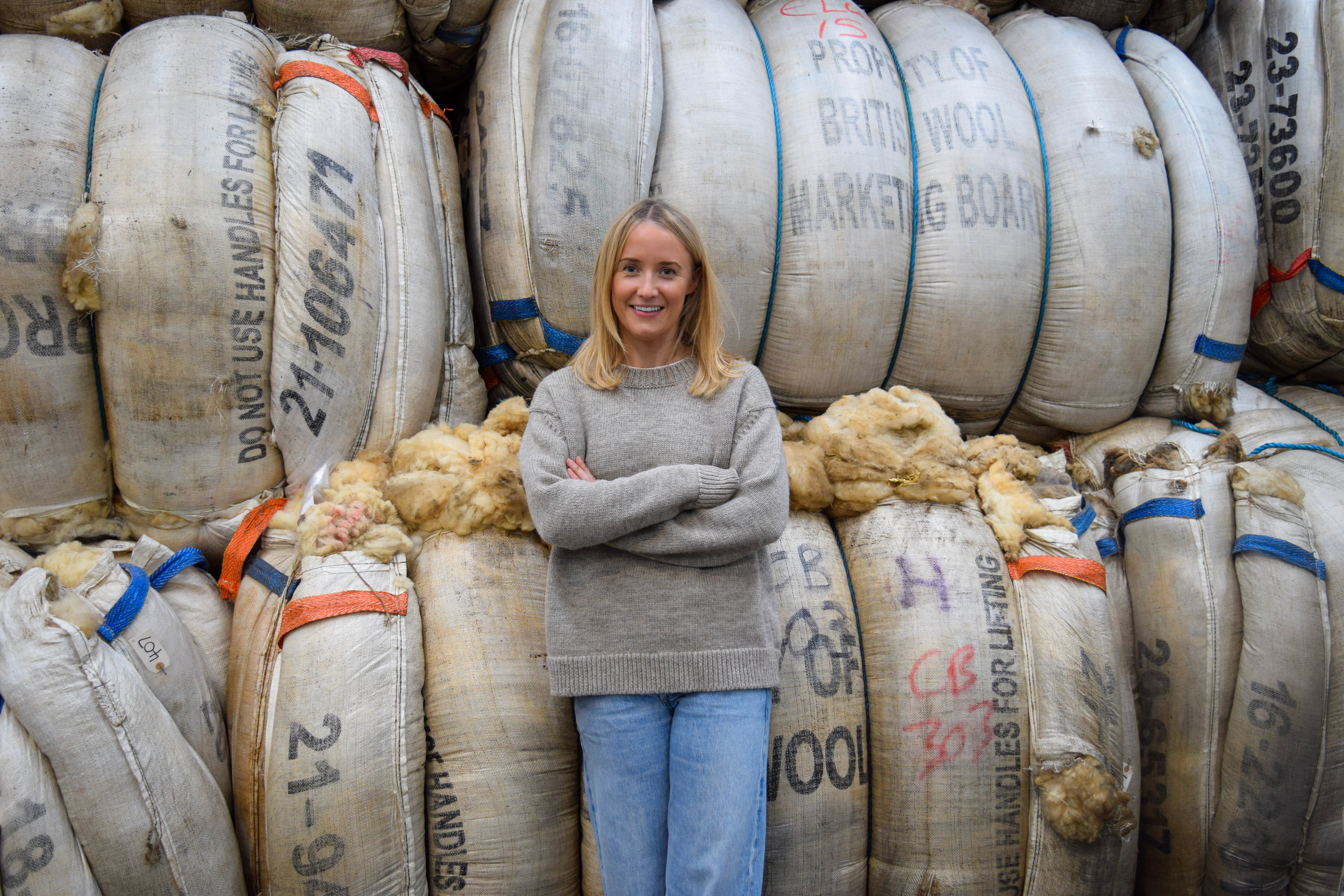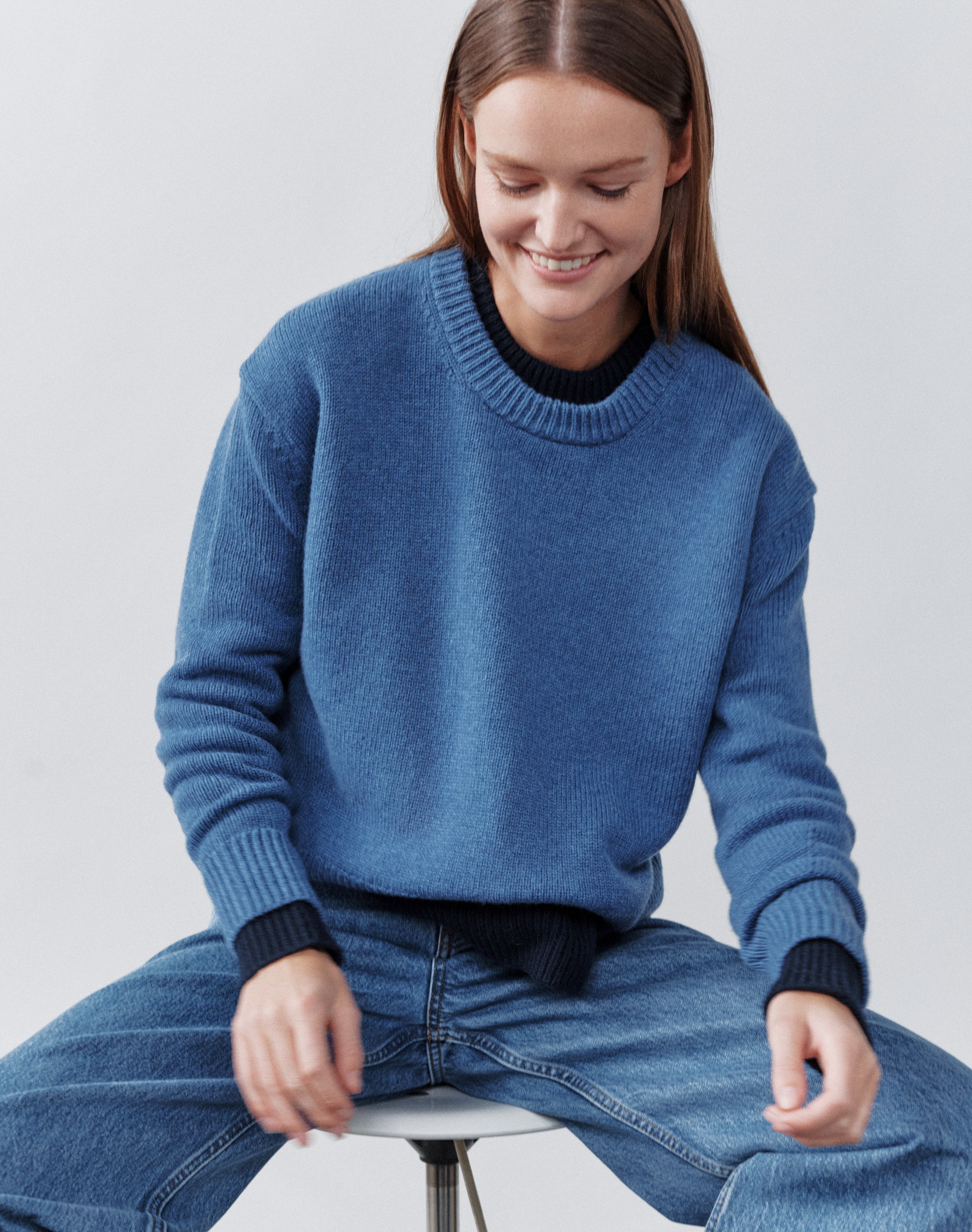While people tend to associate tartan with Scotland, it’s been worn across the globe for thousands of years.
The oldest known example was found on a mummy in the Xinjiang region of China. The mummy is believed to date from around 1500 BC and has Caucasian features, so may have been a traveller from Europe.
Tartan has been worn in Scotland for at least 1,750 years. The National Museum of Scotland is home to a scrap of tartan fabric that was found in Falkirk. It was stuffed into a pot with almost 2,000 Roman coins and buried around 230AD.
Over the centuries, tartan grew increasingly important to Celts, particularly those living in the Scottish Highlands. Early tartans were all made with natural dyes, most of which were sourced locally from lichen, berries, roots and other plant materials. This may be why individual tartans came to represent the areas in which they were made.
Early tartans were all made with natural dyes, most of which were sourced locally from lichen, berries, roots and other plant materials. This may be why individual tartans came to represent the areas in which they were made.
Kilts and trousers are usually the first pieces of clothing that come to mind when you think of tartan, but Scottish women wore tartan too, usually as a small shawl or a full-length belted cloak called an earasaid (or arisaid). An earasaid was kept in place with a brooch and belt.
In the 1570s, Bishop Lesly wrote, “The dress of the women among them is most becoming, for over a gown reaching the feet, and very richly adorned by the Phrygian art [embroidery], they wear very full cloaks, of several colours, such as I have described – loose and flowing, yet gracefully drawn into folds, as they will. With their arms tastefully adorned with bracelets, and their throats with necklaces, they have great grace and beauty.”
During the 16th and 17th century, tartan cloth was woven in Scotland to sell in England. However, in the mid-18th century, tartan was banned by Parliament following the Battle of Culloden, as many of the Scots fighting on the Jacobite side had worn tartan kilts.
It was almost 40 years before the ban was repealed, by which time most of the original tartan weavers had died and many of the patterns had been lost. As tartan started to grow in popularity again, Highland clans began to lay claim to different setts (patterns). When clans grew and merged, slight variations were made to the clan tartan, for example by adding an extra stripe. Other varieties of the clan tartan were also sometimes created, including a darker one for mourning, a muted one for hunting, and one that could only be worn by the chief and his family.
As tartan started to grow in popularity again, Highland clans began to lay claim to different setts (patterns). When clans grew and merged, slight variations were made to the clan tartan, for example by adding an extra stripe. Other varieties of the clan tartan were also sometimes created, including a darker one for mourning, a muted one for hunting, and one that could only be worn by the chief and his family.
The popularity of tartan further increased when King George IV visited Edinburgh in 1822. He was the first British monarch to visit Scotland in more than 170 years. A grand ball was held in his honour and a notice sent that “no Gentleman is to be allowed to appear in any thing but the ancient Highland costume". This event boosted the popularity of tartan and helped it to become the national dress of Scotland. In 2008 Scottish Parliament voted to establish a single, independent Scottish register of tartans. This was to both promote and preserve information about historic and contemporary tartans from Scotland and throughout the world
In 2008 Scottish Parliament voted to establish a single, independent Scottish register of tartans. This was to both promote and preserve information about historic and contemporary tartans from Scotland and throughout the world
With today’s modern dyes, tartan can be found in a wide range of colours and is used to bring colour, warmth and a sense of heritage to homes as well as clothing.
Did you know?
- A tartan pattern is called a ‘sett’.
- While Scottish tartans represent clans (extended family groups), Irish tartans are usually linked to locations.
- In North America, tartan is more commonly known as plaid.
Shop our very own Navygrey, registered tartan BLANKET here.






